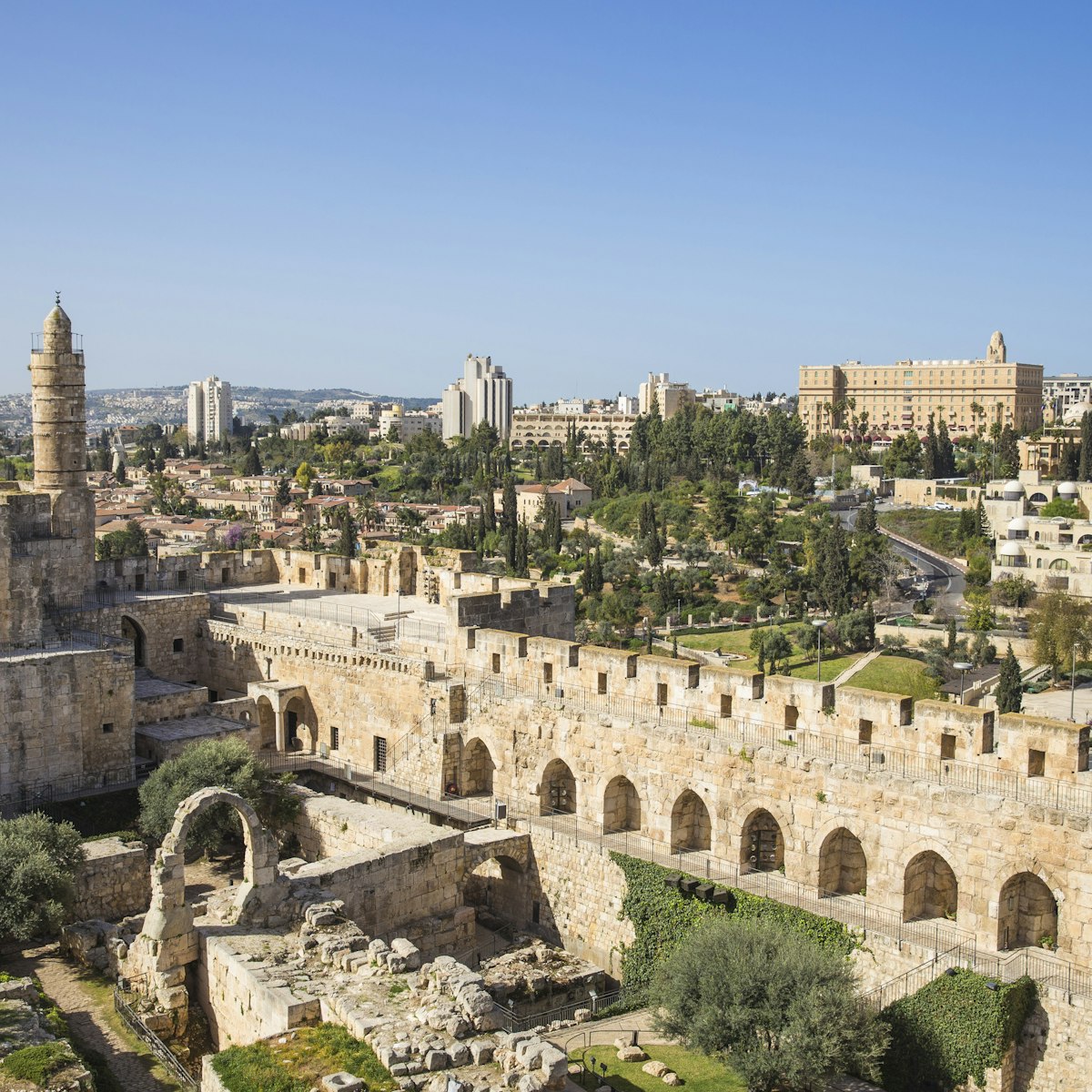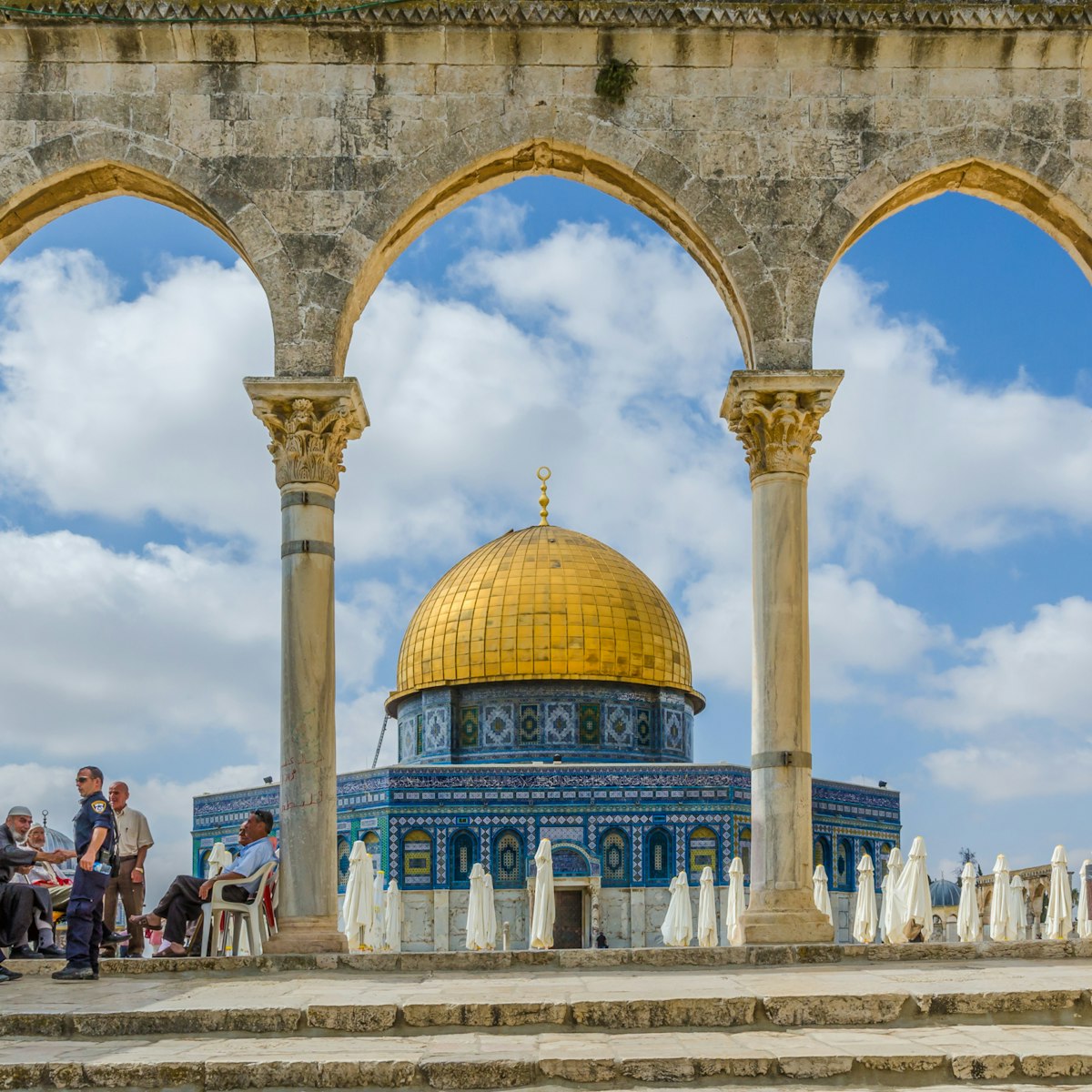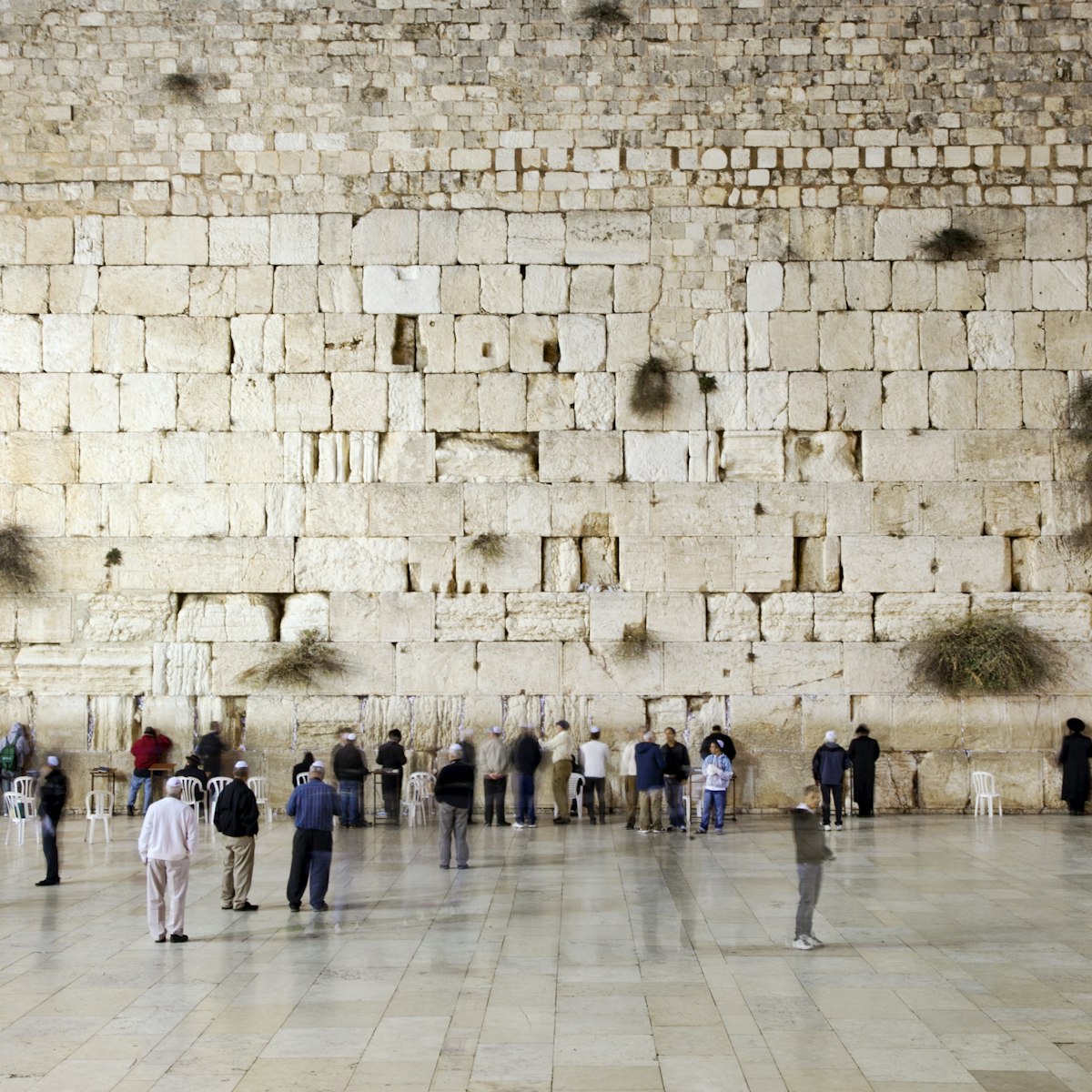The world-renowned Weizmann Institute of Science is an educational campus open to the public, comprising a visitors centre, ecological gardens and the Weizmann House. One of the highlights for visitors is the Clore Garden of Science, an outdoor science museum with a glass ecosphere. Its hands-on exhibits explore solar energy, water power and other natural phenomena. The Levinson Visitors Centre has a multimedia exhibition about the institute's work and offers free walking tours around the campus in English or Hebrew.
Named after the first president of Israel, Chaim Weizmann, a leading research chemist and statesman, it was established in 1934 on moshav (cooperative settlement) land. The institute now provides facilities for cutting-edge research in fields such as biology, chemistry, biochemistry, physics and computer science.
Also on the institute’s grounds, next to the tombs of Chaim Weizmann and his wife, Vera, is Weizmann House. Designed by German architect Erich Mendelsohn, a refugee from Nazism, the house was built in 1936–37. There is a museum inside displaying his personal collection of photos, books and memorabilia, notably his passport (the first in Israel). During WWI, Weizmann’s scientific research proved invaluable to the Allied war effort, and the goodwill he generated may have influenced Britain’s granting of the Balfour Declaration in 1917.
It’s best to call in advance if you want to visit any of the institute's attractions.
The campus is in Rehovot, 25km south of Tel Aviv. You can get there by train from any Tel Aviv station. From the train station it’s a 10-minute walk to the institute. You can also catch an Egged bus 201 or 301 (12.40NIS, 45 minutes, frequent) from the Central Bus Station.







